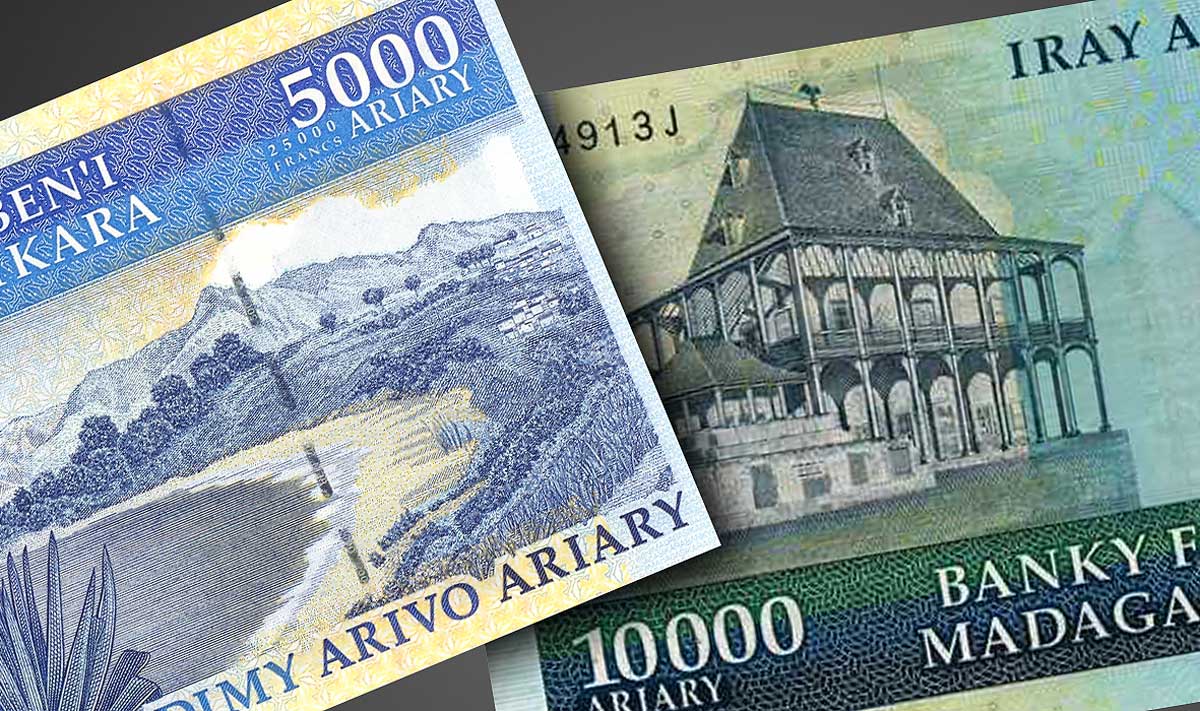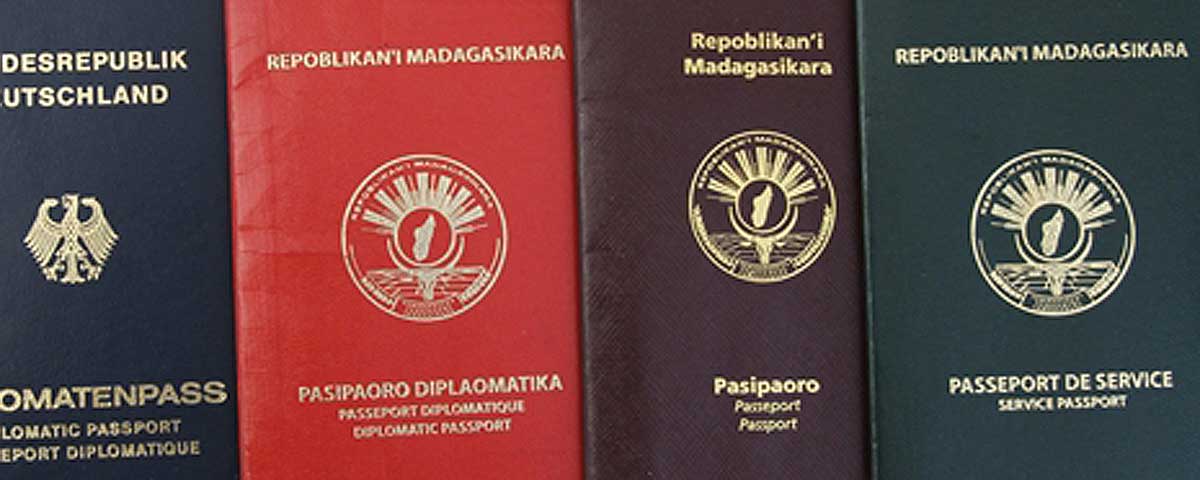

Welcome to the island of Madagascar, "the almost own continent"
Today, 18 tribes live scattered all over the island, forming a colorful and exotic mixture of peoples. 25 million people live in very modest conditions.
In order to cope with their hard, meager life, they still use numerous customs and traditions. This cultural wealth can be seen in many different ways while traveling through the country.
The Malagasy have a strong sense of family; family ties are important to them above all else. All world religions are represented in Madagascar, with the majority of the population being Christian. Besides their religious denomination, the Madagascans are still dominated by their natural religion. An important part of daily life is the worship of the ancestors, especially the cult of the dead with the reburial of the dead.
The traveler is rewarded by the extraordinary hospitality of the population, despite all the arbitrariness of the Europeans during the French colonial rule and despite all the poverty.






